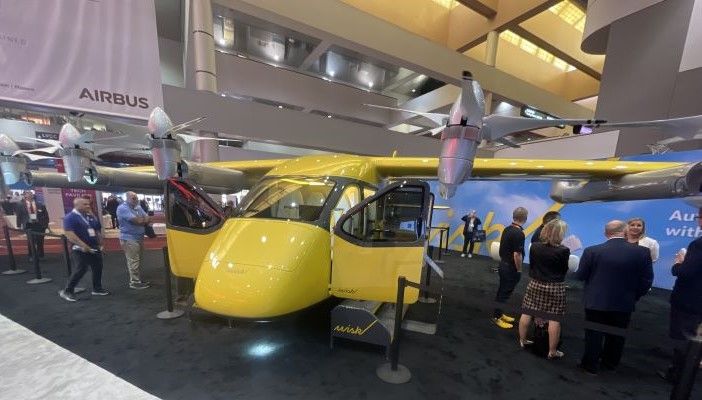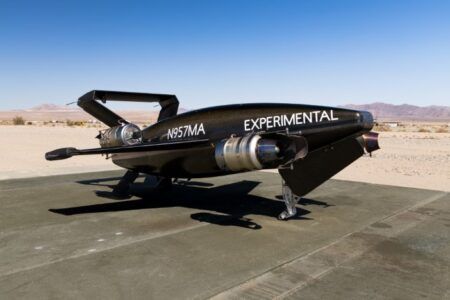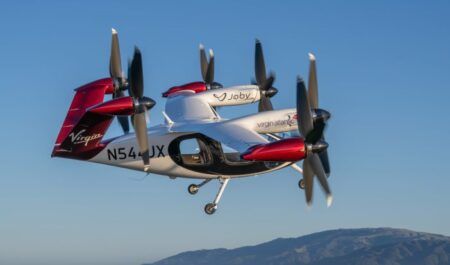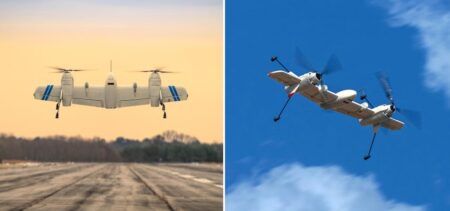Wisk Aero is building the first of the final production version of its aircraft and expects the urban air taxi’s first flight to happen next year.
The Gen 6 version of the autonomous eVTOL aircraft will be the configuration that is type certified and is being built at its facility in Mountain View, California. The company expects to build several test aircraft.
Wisk has started the certification process with the FAA, having submitted its G1 earlier this year and with the G2 being processed by the FAA. G1 and G2 are key steps in the FAA’s certification process which establish the requirements for certification of an aircraft and how a company will demonstrate it meets those requirements.
“This is the first passenger carrying autonomous aircraft in the certification process with the FAA,” said Becky Tanner, chief marketing officer at Wisk Aero.
The aircraft, which will be operated with “human oversight” from the ground, features screens to display information about the flight and a storage area for luggage.
It can carry up to four passengers up to 90 miles (144km) at altitudes of 2,500-4,000ft at cruise speeds of around 100 to 120mph (160 to 190km/h).
The company expects the air taxi to be used in urban areas for trips of around 15 minutes, with the first commercial operations likely to be to and from airports.
The battery-electric aircraft has a 50ft (14m) wingspan and uses an in-house developed propulsion system that features air-cooled motors and 12 rotors. The front 6 rotors rotate to enable the eVTOL aircraft’s transition from vertical to horizontal flight.
Compared to the previous version, Gen 6 is larger than its predecessor and features significant design changes, such as the removal of a push propeller at the rear for a tail. Like the previous generations, Gen 6 does not have wheels. “There are advantages to skids, the biggest of which is that they significantly lower the weight – wheels give you flexibility but add weight, said Tanner.
The company’s main test site is at Hollister, California. Although the aircraft has been developed and will be tested in California, it will be manufactured elsewhere in the USA, because of the high cost of labor in the region, said Tanner.
The company expects to manufacture “tens of hundreds” of the aircraft, she added.
Long Beach Testing
Meanwhile the Gen 5 version of Wisk’s air taxi, called Cora is continuing a flight-testing program at Long Beach Airport in California.
The test program seeks to gain knowledge about how the autonomous aircraft will be operated at a commercial airport, with Cora being flown in the airspace above the airport.
The tests are part of a two year project with the local community that started in February 2022 focused on evaluating, planning, and implementing AAM services, with a focus on autonomy.





